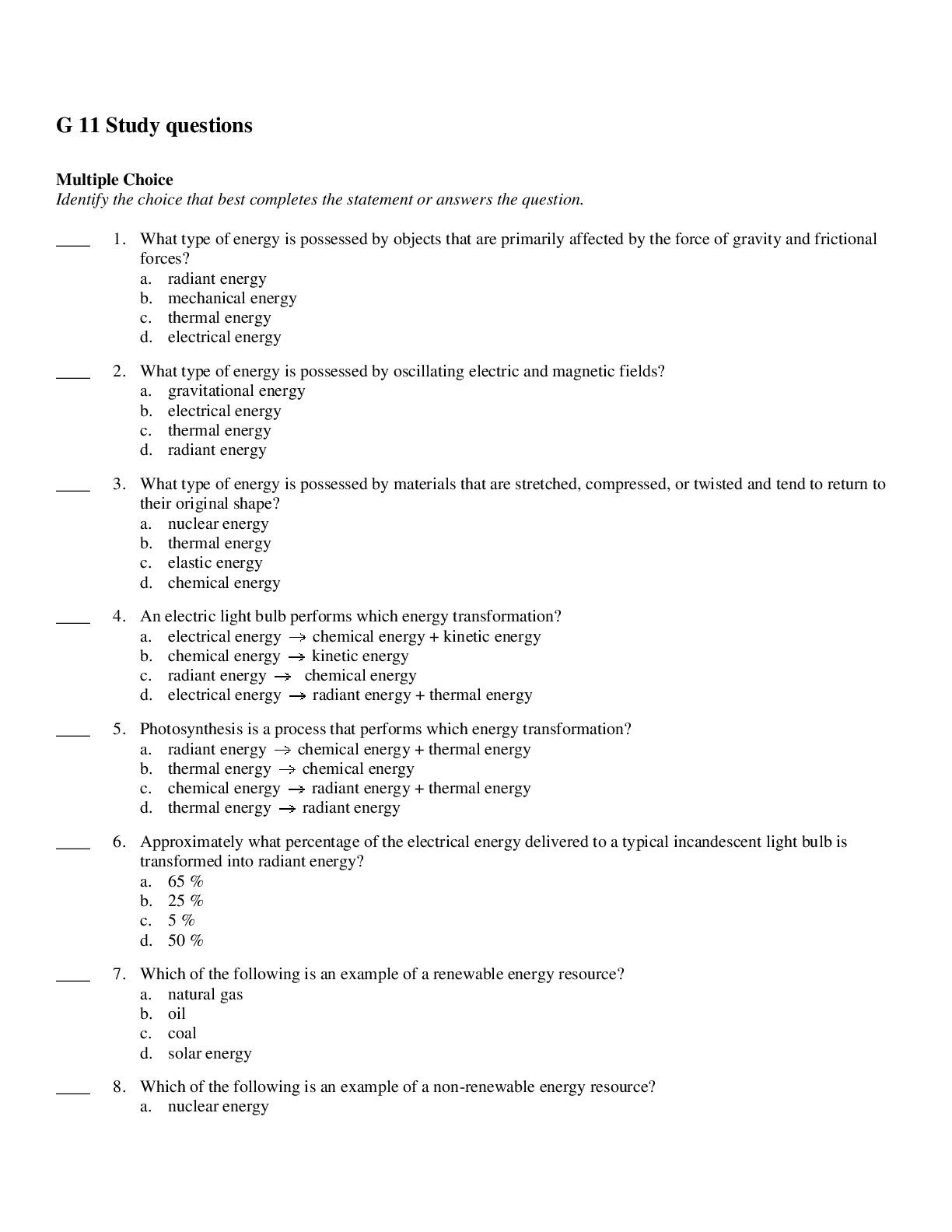G 11 Study questions
Course
Subject
Chemistry
Category
Questions Only
Pages
33
Uploaded By
ATIPROS
Preview 5 out of 33 Pages


Download all 33 pages for $ 6.00
Reviews (0)
$6.00
